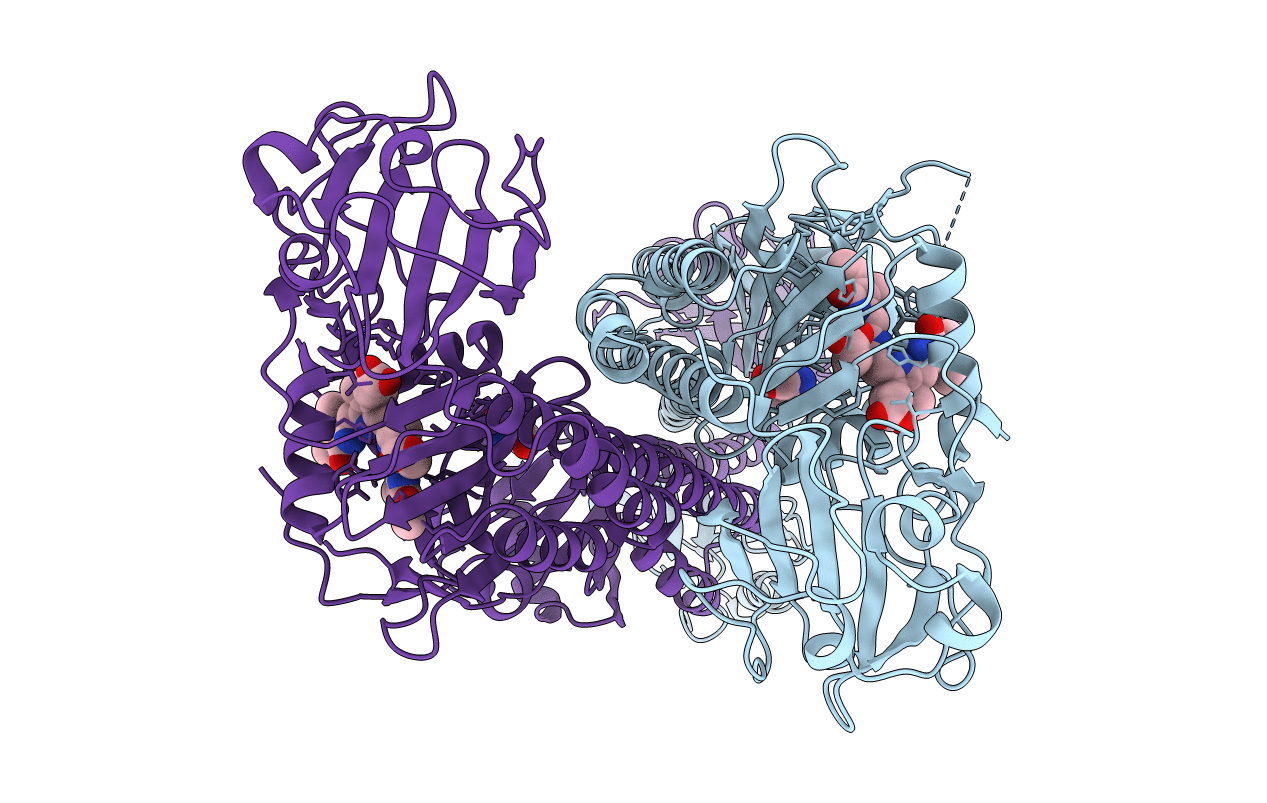
Deposition Date
2015-03-04
Release Date
2016-05-04
Last Version Date
2024-11-20
Entry Detail
PDB ID:
5AKP
Keywords:
Title:
Crystal structure of the dark-adapted full-length bacteriophytochrome XccBphP from Xanthomonas campestris bound to BV chromophore
Biological Source:
Source Organism:
XANTHOMONAS CAMPESTRIS PV. CAMPESTRIS (Taxon ID: 314565)
Host Organism:
Method Details:
Experimental Method:
Resolution:
3.25 Å
R-Value Free:
0.25
R-Value Work:
0.20
R-Value Observed:
0.20
Space Group:
P 43 21 2


